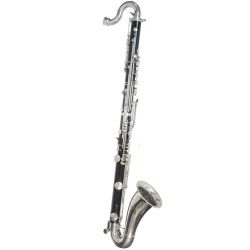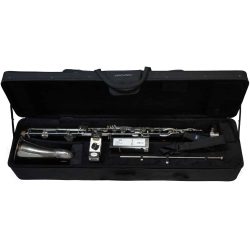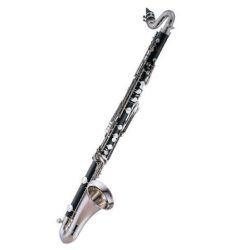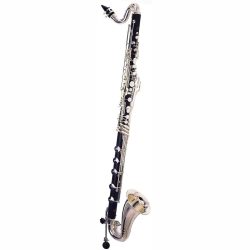-
Bass Clarinets, Second Hand Bass Clarinets, Second Hand Clarinets
Second Hand Normandy Bass Clarinet
£999.00complete with a Vandoren B46 mouthpiece. Rovner Ligature and Neotech sling in an as new Protec case.
1 in stock
-
Bass Clarinets, Yamaha Clarinets
Second Hand Yamaha 221 Bass Clarinet
£1,499.00“The Yamaha 221 Bass Clarinet has a tone quality very close to that of a professional instrument; it’s hard to believe it isn’t”
Out of stock
-
Bass Clarinets
Jupiter JBC1000N Bass Clarinet
£1,811.00The Jupiter JBC1000N Bass Clarinet features ergonomically-fitted key mechanisms that facilitate easier fingering, especially for those that play both soprano and bass clarinet
1 in stock
-
Bass Clarinets, Buffet Clarinets, Clarinets
Buffet 1193 Prestige Bass Clarinet
£9,999.00The Buffet 1193 Prestige Bass Clarinet has a range to low C. It has an Eb/Ab lever and a low G resonance key
1 in stock
Bass Clarinets
Trevor Jones Brass and Woodwind. © 2019 All Rights Reserved.





